EAST OF EDEN | PHOTOREALISM: VERSION OF REALITY – LUDWIG MUSEUM | BUDAPEST
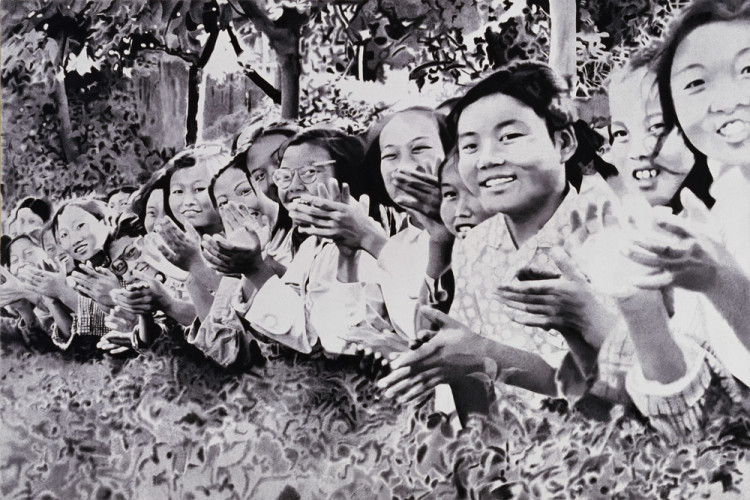
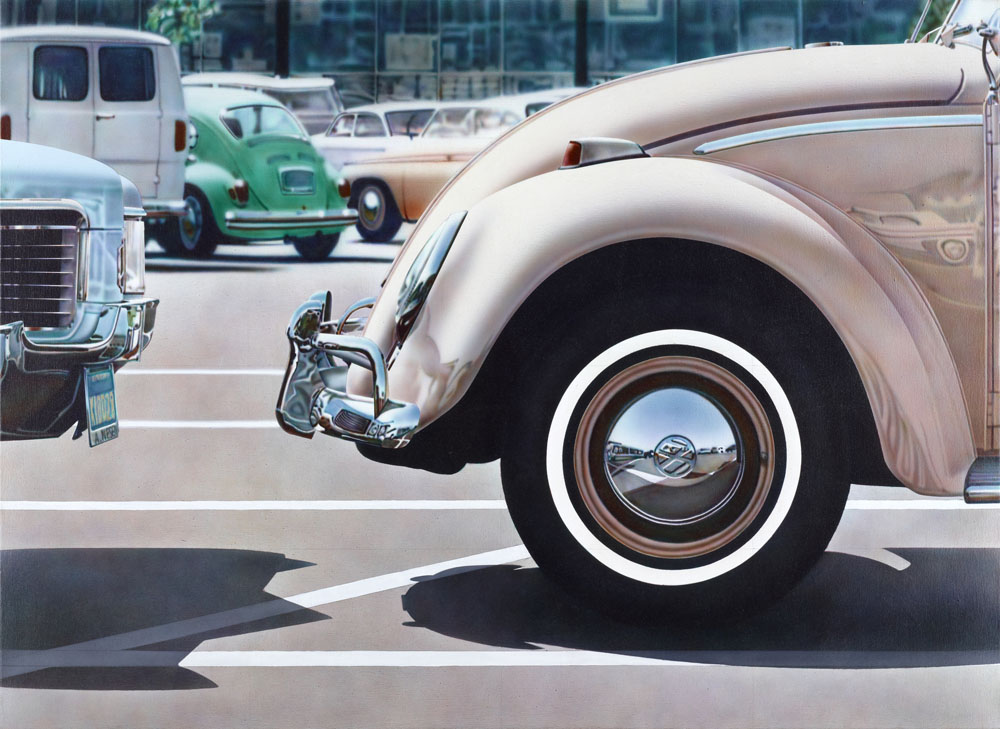
EAST OF EDEN | Photorealism: Versions of Reality
Ludwig Museum of Contemporary Art, Budapest / Third-floor exhibition space
14 September 2011 – 15 January 2012
www.ludwigmuseum.hu/ – Budapest
The Ludwig Museum – Museum of Contemporary Art is proud to present from September 2011 a broad international collaborative exhibition of Central- and Eastern European realist photographical works, presented in parallel with American and Western European works.
Photorealism came into its own at the end of the 1960s, arising from the challenge posed by photographic depiction to realist painting, and is mostly associated with well-known American and Western European artists and their works. The Budapest Ludwig Museum exhibition expands the scope of earlier shows in Vienna (MUMOK, 22 October 2010 – 13 February 2011) and Aachen (Ludwig Forum für Internationale Kunst, 13 March – 19 June 2011), both of which included materials from the Ludwig’s collection. Our exhibition offers new approaches to similar Central- and Eastern European tendencies by virtue of a complex interpretation of Cold War realism.
True-to-life photographic representation and analytical depiction also found followers on the Eastern side of the Iron Curtain, although not in the same measures or with the same convictions as in the West. The different political and cultural contexts, the long-standing historical tradition of realism and the lack of an art market or consumer culture meant that East European photo-based realism faced fundamentally different perspectives. In many countries of the former Soviet Block, art of the recent past had to exist in relation to ideological Socialist Realism, and despite the fact that realist depiction enjoyed local traditions stretching back over centuries, realist representation was somewhat discredited, its critical potential weakened. It took some time for realism to free itself from the ideological constraints promoted and expected by the authorities.
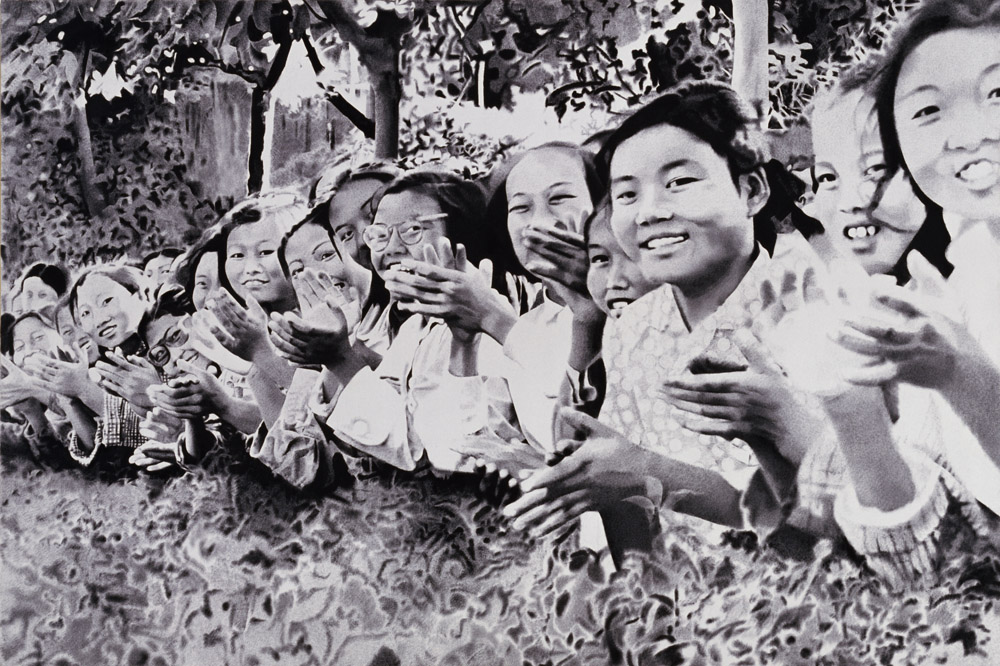
At the end of the 1960s, the advent of photorealism in the former Soviet Block represented a ‘reclaiming’ of realist depiction, and a dialogue with Western art. This not only ran counter to the state-funded version of ideologically charged realism, but was also estranged from neo-avantgarde works of the time and their occasionally narrow, elitist attitudes. Photorealism was not concerned with publicizing its political allegiances, yet its detachment and outsider quality were useful for the purposes of veiled social criticism, since its obvious everyday character rendered it beyond reproach for the authorities. At the same time, everyday themes and scenes opened the door to symbolic interpretation, the analogies of reading between the lines or behind the pictures, and social historical analyses of depiction.
The fine arts aspect of photography is a rich and much-discussed theme in Central- and Eastern Europe, yet within this photorealism has, to date, represented a relatively marginal chapter. The excessively literal rewriting of photography, over-concentration on model modes of depiction and technical precision have suppressed personality and danger: these are well-known arguments that have neglected the politics concealed by choice of source image and theme. Unlike the entirely other world of taut magazine covers, perfectly rendered advertising images and workshop settings, well-meaning and moderately successful family or press photographs shift the emphasis from the challenge to depict, to that of reality.
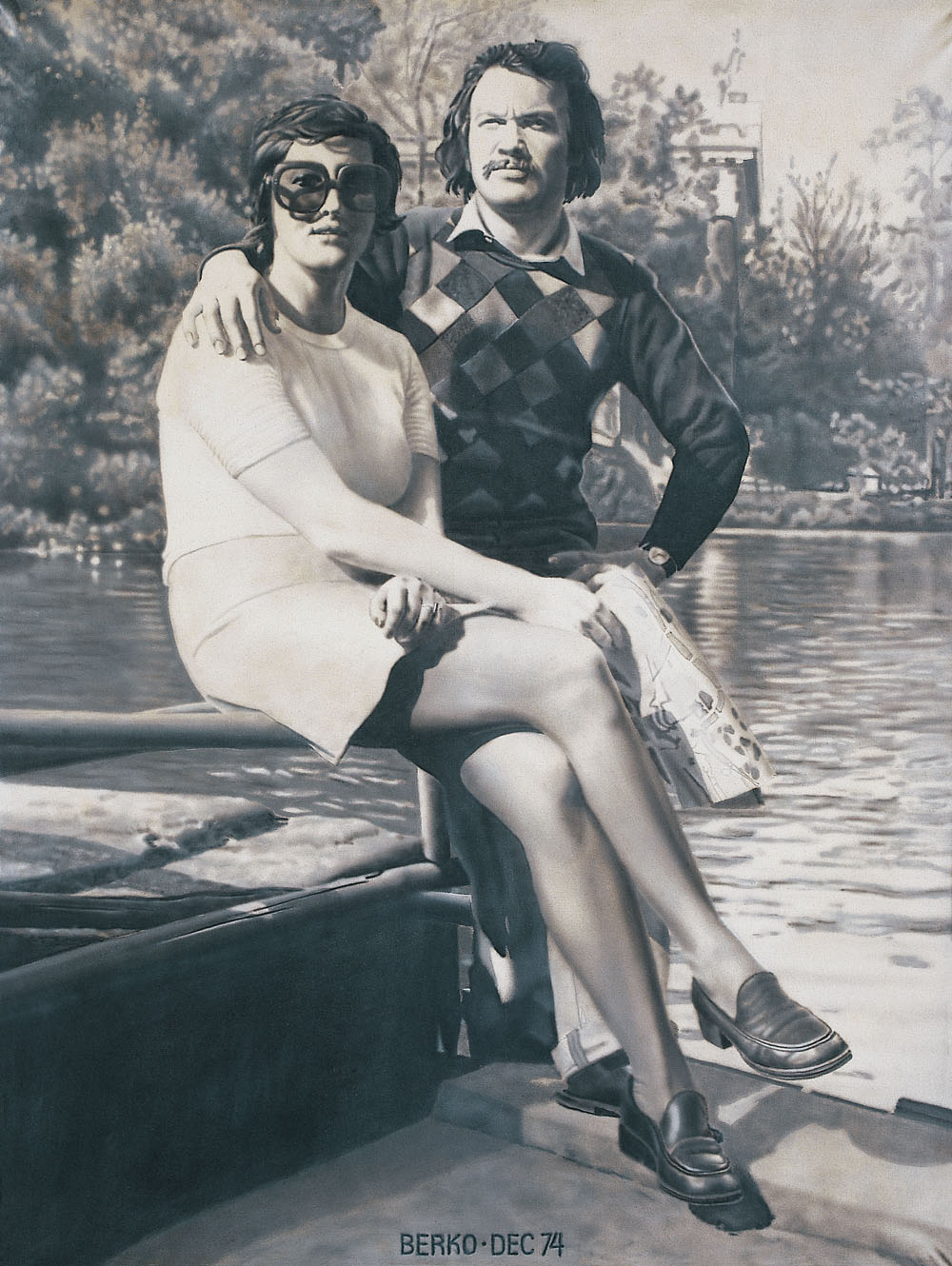
The exhibition deliberately shifts our expectations of style, and discusses the metonymic understanding of photorealism as a terminus to allow us to appreciate parallels and dissimilarities, and the various aims and intentions, rather than merely placing works in competition with one another or listing influences.
Artworks were selected not on the basis of normative, depictive quality. The declared aim of photorealism, photo-illusion (the especially popular fields of street reflections, or the labyrinthine lines of the face) was frequently subsumed by another dimension, namely everyday life during the Cold War and the realistic depiction of the economy of shortage. In many instances, choice of subject and critical perspectives played a more important role in our selection than technical precision deployed to examine the gaze and representation.
The exhibition includes works from internationally-recognised names as well as forgotten artists, thus allowing us to reconsider the recent past through the lenses of an artistic trend in its many forms.
Exhibiting artists include Robert Bechtle, France Berko Berčič, Bernáth(y) Sándor, Chuck Close, Csernus Tibor, Jadranka Fatur, Gérard Gasiorowski, Ion Grigorescu, Jean Olivier Hucleux, Łukasz Korolkiewicz, Ewa Kuryluk, Lakner László, Méhes László, Méhes Lóránt, Franc Mesarič, Jacques Monory, Theodor Pištěk, Gerhard Richter, Veronika Rónaiová, Andrzej Sadowski.
We would like to thank the participating artists and the lenders:
Aleksander Bassin; Andreiana Mihail Gallery, Bucharest; ERSTE Stiftung, Vienna; Galeria Neon, Budapest; Galerie Pecka, Prague; Hernádi-gyűjtemény, Budakeszi; Jan Koniarek Gallery, Trnava; Kovács Gábor Művészeti Alapítvány; Ludwig Forum für Internationale Kunst, Aachen; Ludwig Galerie Schloss Oberhausen; Ludwig Museum im Deutschherrenhaus Koblenz; Dr. Lukáš Jirka; Magyar Nemzeti Galéria, Budapest; Antal-Lusztig-gyűjtemény / MODEM Modern és Kortárs Művészeti Központ, Debrecen; Museum Ludwig, Köln; Museum Moderner Kunst Stiftung Ludwig Wien; Museum of Contemporary Art, Belgrade; Museum of Contemporary Art, Zagreb; National Museum, Belgrade; Nudelman-gyűjtemény / Kieselbach Galéria és Aukciósház; Plan B Gallery Cluj/Berlin; Schimicsek Tibor; Slovak National Gallery, Bratislava; Szabó Vilmos; Szombathelyi Képtár, Szombathely; The National Museum in Warsaw; Zachęta National Gallery of Art, Warsaw.
Position the cursor on the images to view captions, click on images to enlarge them.
Posizionare il cursore sulle immagini per leggere le didascalie; cliccare sulle immagini per ingrandirle.
From September to the end of this year Ludwig Museum’s Season Ticket has a discount price of 4000 HUF (adult ticket) and 2000 HUF (for students and senior citizens).
The exhibition has been generously supported by the Uniqua Insurance Company
Thanks to the active support of Raiffeisen Bank, the educational program “By Bus to Ludwig Museum” offers elementary and secondary school students from the more distant regions of Hungary a free visit to Ludwig Museum.
The main sponsor of the Museum is MasterCard.
Address:
Ludwig Museum – Museum of Contemporary Art
Palace of Arts
Komor Marcell u. 1, Budapest, H-1095
Phone: +36 1 555 3444 │ Fax: +36 1 555 3458
Opening hours:
Tuesday-Sunday: 10 am – 8 pm
Closed on Mondays

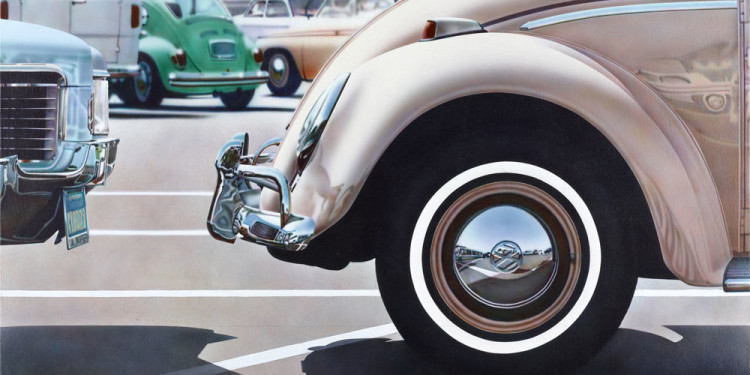
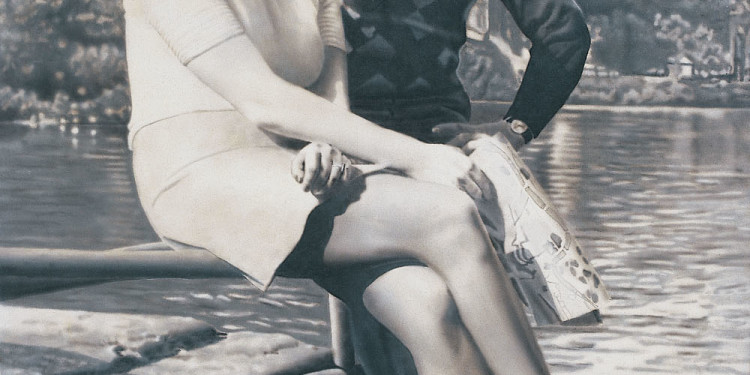
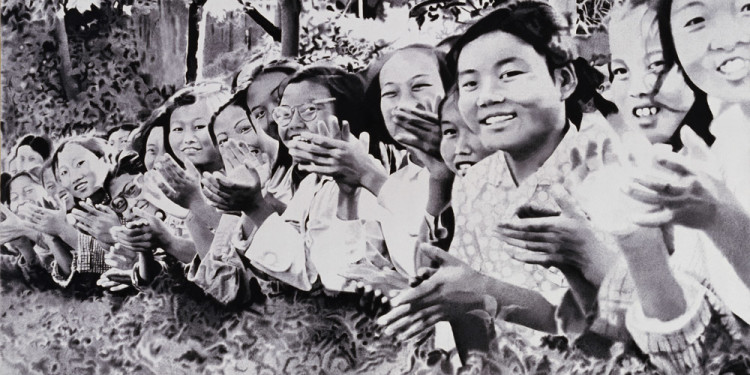
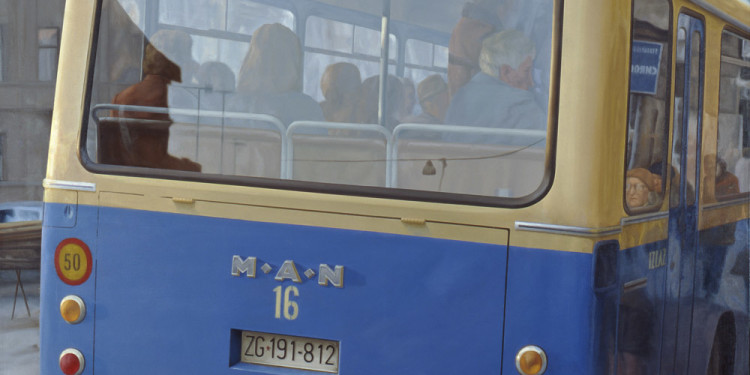
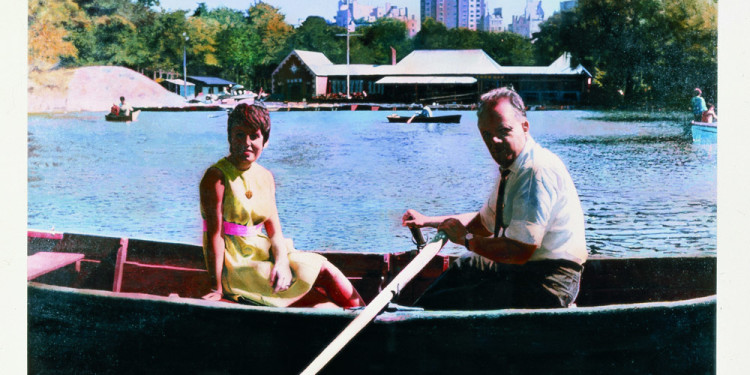
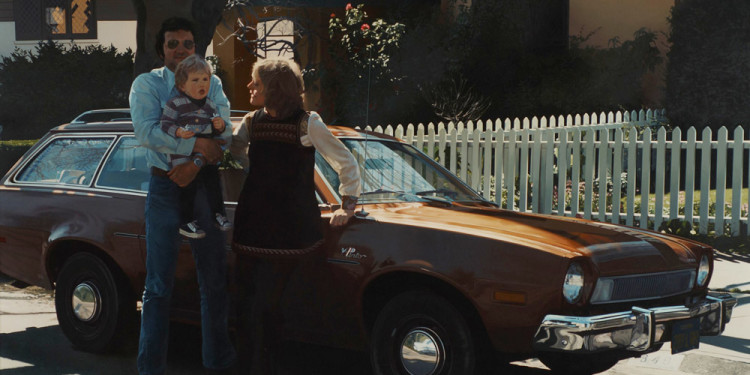
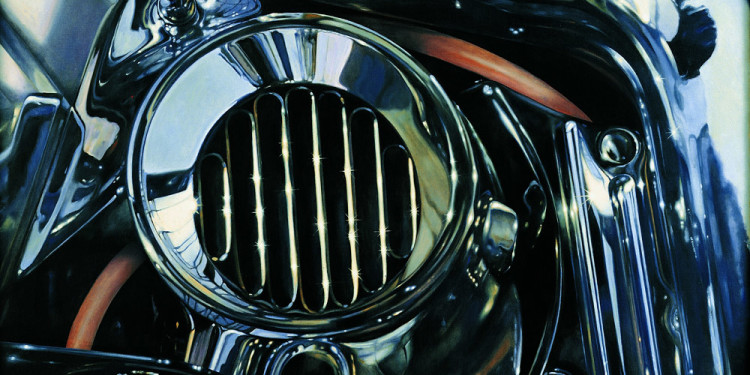
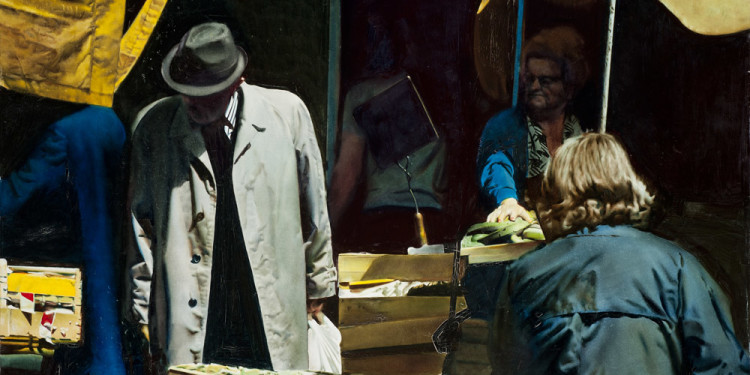
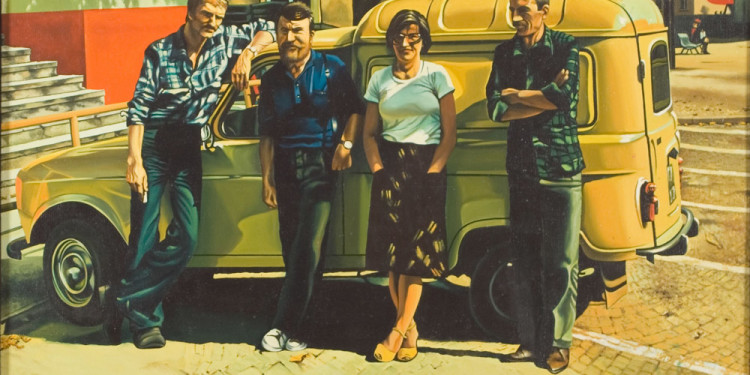
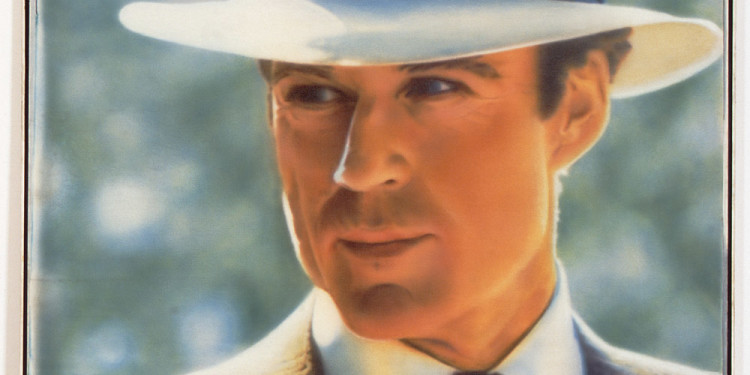
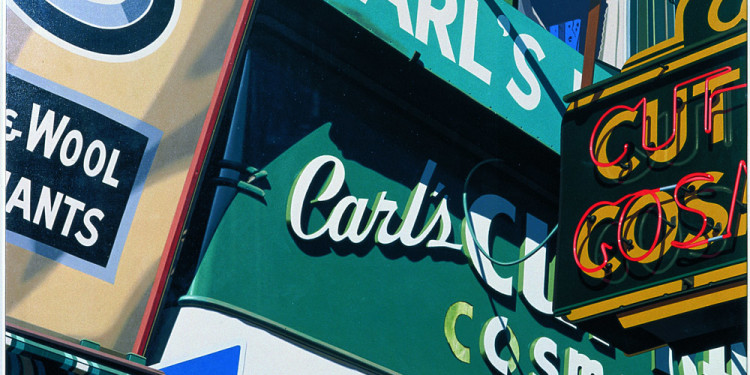
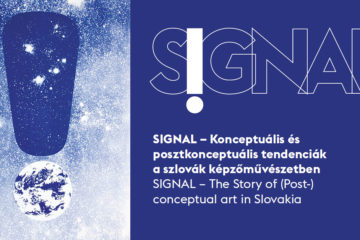

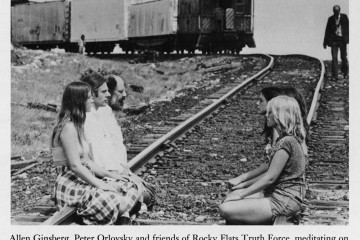

No Comment